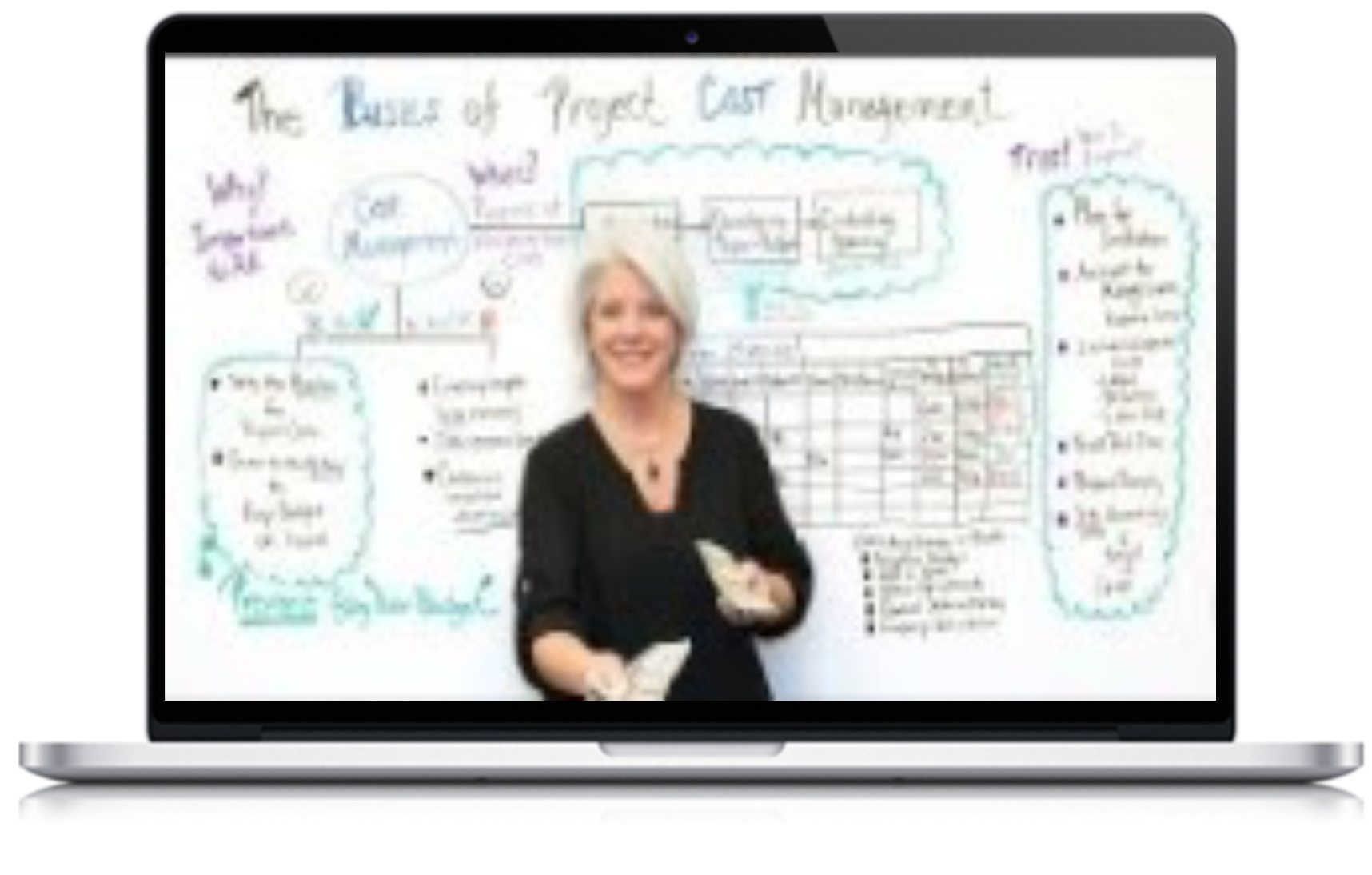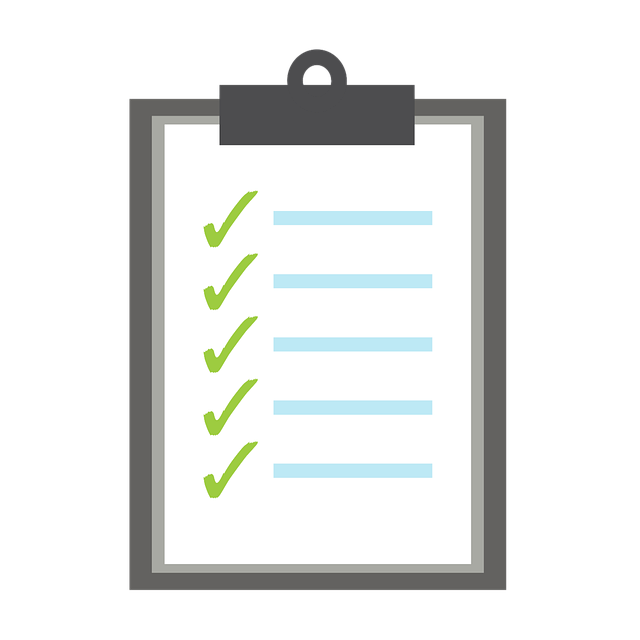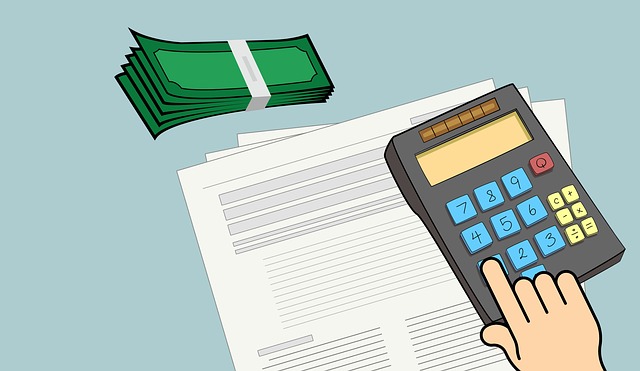- Home
- Study guide
- Module 1
- Topic 1: What is Student Digital Civic Engagement?
- Topic 2: How is Digital Civic Engagement Impacting Universities (and Beyond)?
- Topic 3: What Competences do Student Civic Engagers Develop?
- Topic 4: What does Student Digital Civic Engagement Look Like in Practice?
- Evaluation test for module 1
- Resources and further studies (Module 1)
- Module 2
- Topic 1: Problems that need solving – spotlight on global issues
- Topic 2: Improving your community through civic engagement
- Topic 3: Taking a service-learning approach to an DCE project
- Topic 4: DCE is building your competency levels. Here are the opportunities
- Evaluation test for module 2
- Resources and further studies (Module 2)
- Module 3
- Topic 1: What Do Great Digital Civic Engagement Projects Include?
- Topic 2: Getting Involved In Your First Digital Civic Engagement Project/ Initiative
- Topic 3: Using Technology To Enhance Your Civic Engagement Work
- Topic 4: Designing/ Delivering Digital Civic Engagement Solutions
- Evaluation test for module 3
- Resources and further studies (Module 3)
- Module 4
- Module 5
- Topic 1: Estimating Project Costs And Financial Needs
- Topic 2: Spotlight On Lean Start Up and Sustainable Business Model Canvas
- Topic 3: Crowdfunding Your Civic Engagement Projects /Causes
- Topic 4: Leveraging the power of corporate social responsibility
- Evaluation test for module 5
- Resources and further studies (Module 5)
- Module 6
- Topic 1: Why Building Credibility, Trust and Relationships are Key
- Topic 2: Cultivating and Growing a Student Civic Engagement Community
- Topic 3: Spotlight on Mission Marketing
- Topic 4: Technology Tools to Help You Share and Spread Your Civic Engagement Work
- Evaluation test for module 6
- Resources and further studies (Module 6)

Topic 1: Estimating Project Costs And Financial Needs
This topic identifies how to start thinking about the costs of an DCE project, what factors will be involved and how to budget for them. The learning objectives of this topic is to create an understanding of budgeting, what factors need to be accounted for as well as different tools and ways that a DCE project could become established financially.
 Why is Project Planning and Budgeting Essential?
Why is Project Planning and Budgeting Essential?
Your project can only come to life if it has the resources to do so. Determining resource needs and sourcing these funds from the outset is essential. To do this, careful planning is necessary to ensure your project achieves its potential.
Start with the project budget. What is it?
A project budget is an estimation of the overall costs throughout the different phases of your project. This could include aspects such as people/ labour costs, set up costs e.g. working place, tools, equipment etc., the cost of operating (room rent for working places and meetings, travel costs, etc), materials needed, promotional costs etc.
Reasons to Plan and Budget
Creating a budget will help to ensure you can cover all the costs involved with the project and any other unexpected expenses that may occur during the lifetime of the project.
Your budget will also communicate to stakeholders your financial requirement, and how much funds are needed at each stage of the project.
This, in turn, will be the funding goal/ evidence base request for your project.
How to Create a Project Budget?
So, we know why a project budget is needed, but how can we work out the numbers and make a project budget that ticks all the boxes?
A budget needs to be compiled thoroughly to ensure you don’t miss any components that may affect securing funding. It can be the difference between being secure and being in debt.
There are a number of key aspects you need to examine while drafting your budget and different methods of estimating costs for a budget. Here are the most basic steps in creating a simple budget.
|
1. Create a task list
|
|
2. Research cost of each task
|
|
3. Have a contingency budget
|
Check out this video covering the basics of project cost management:
 https://www.youtube.com/watch?v=EyPFi0YO32M
https://www.youtube.com/watch?v=EyPFi0YO32M


 This will help you to identify what you’ll need to accomplish for each milestone in the project. It will also help your team members to understand exactly what is needed of them at each stage of your project. This task can also be established during the planning stages of your project, which we examined closer in Module 4.
This will help you to identify what you’ll need to accomplish for each milestone in the project. It will also help your team members to understand exactly what is needed of them at each stage of your project. This task can also be established during the planning stages of your project, which we examined closer in Module 4.
 For each task, research the cost in terms of the resources, materials and time needed for all tasks. Include realistic timeframes to achieve each one. Add all cost estimates together.
For each task, research the cost in terms of the resources, materials and time needed for all tasks. Include realistic timeframes to achieve each one. Add all cost estimates together.  Including for contingency is extremely important for all project budgets. You never know when extra unexpected costs can arise, and the last thing you want to do is jeopardize the progress of the project due to additional costs.
Including for contingency is extremely important for all project budgets. You never know when extra unexpected costs can arise, and the last thing you want to do is jeopardize the progress of the project due to additional costs.
